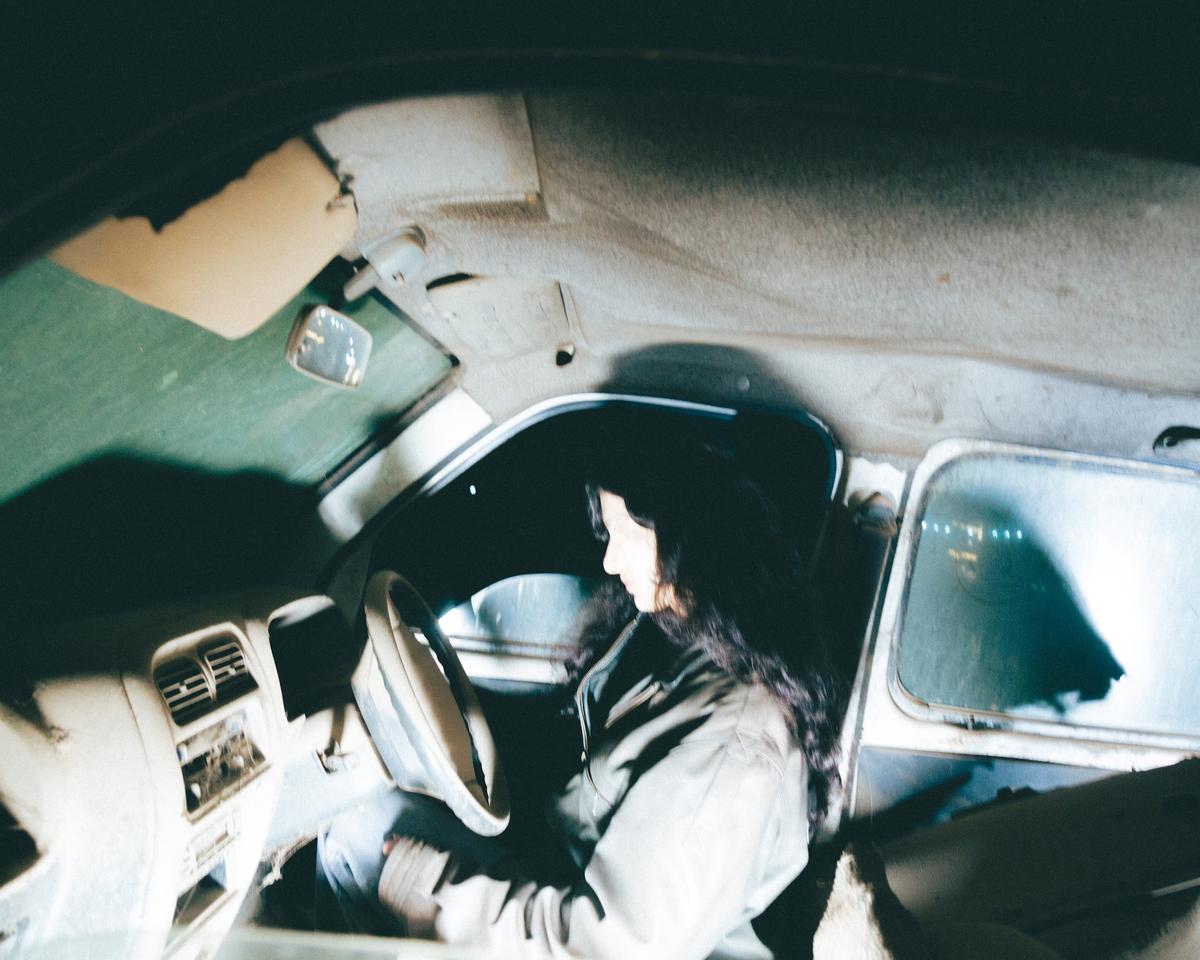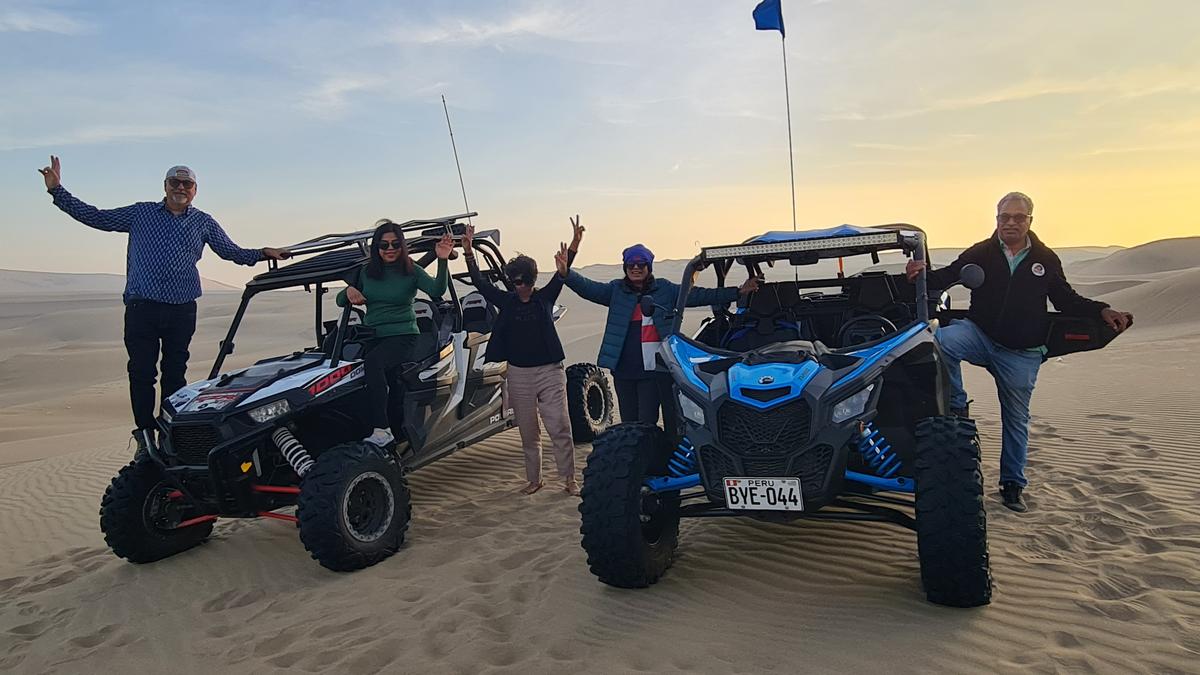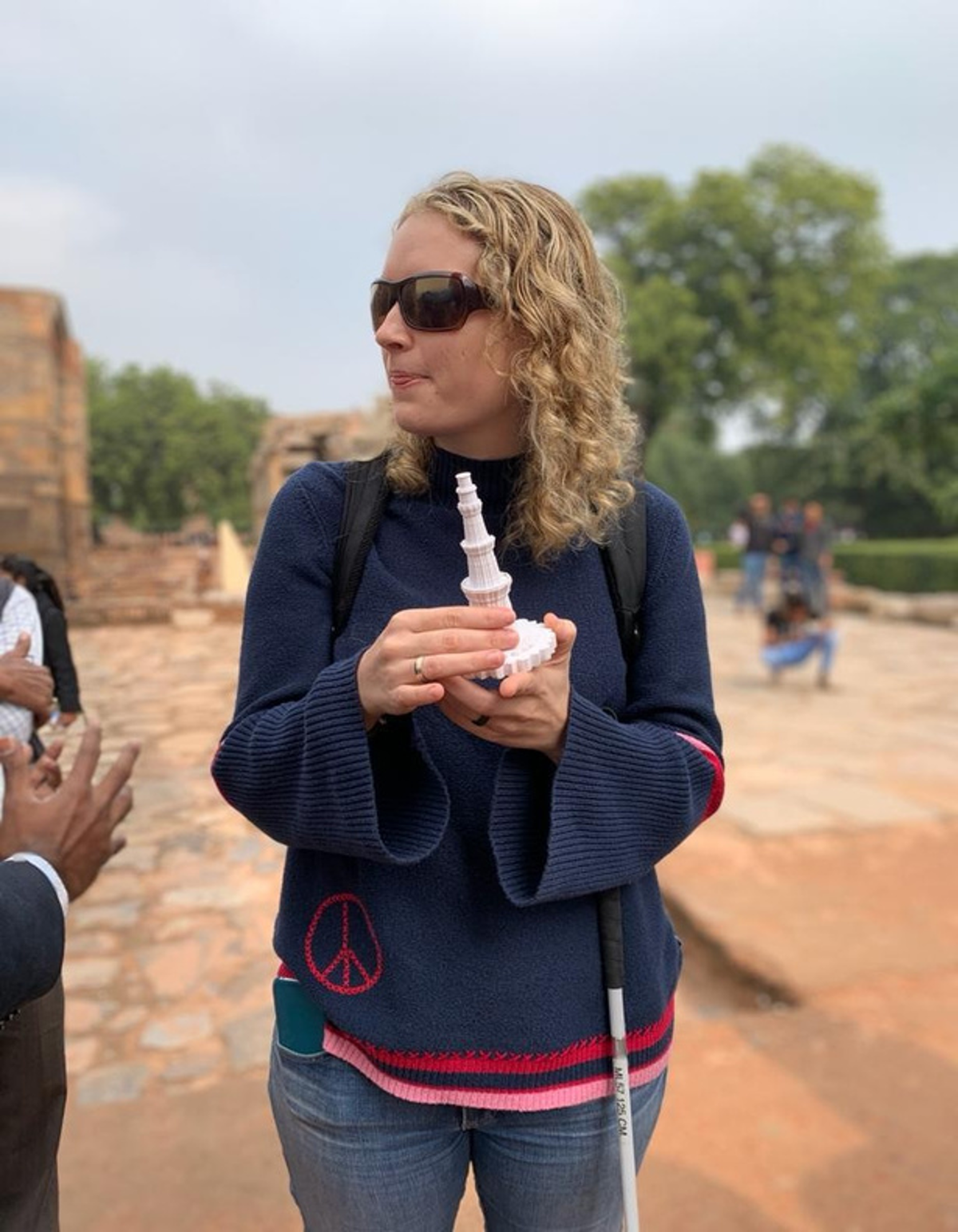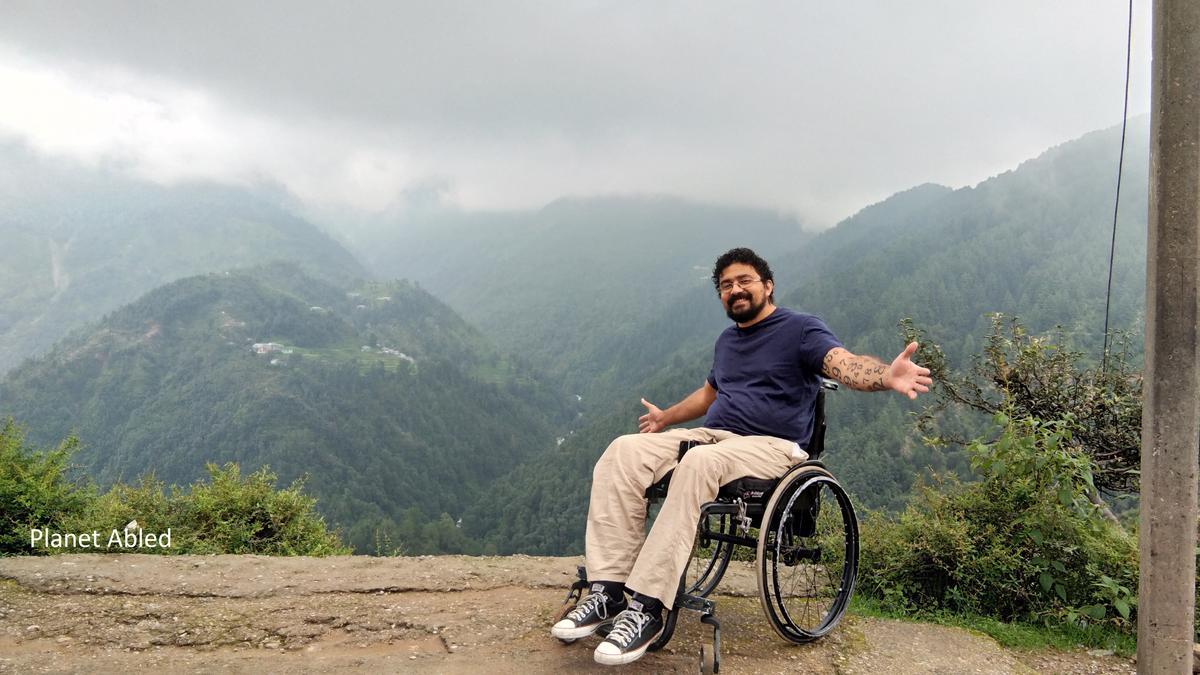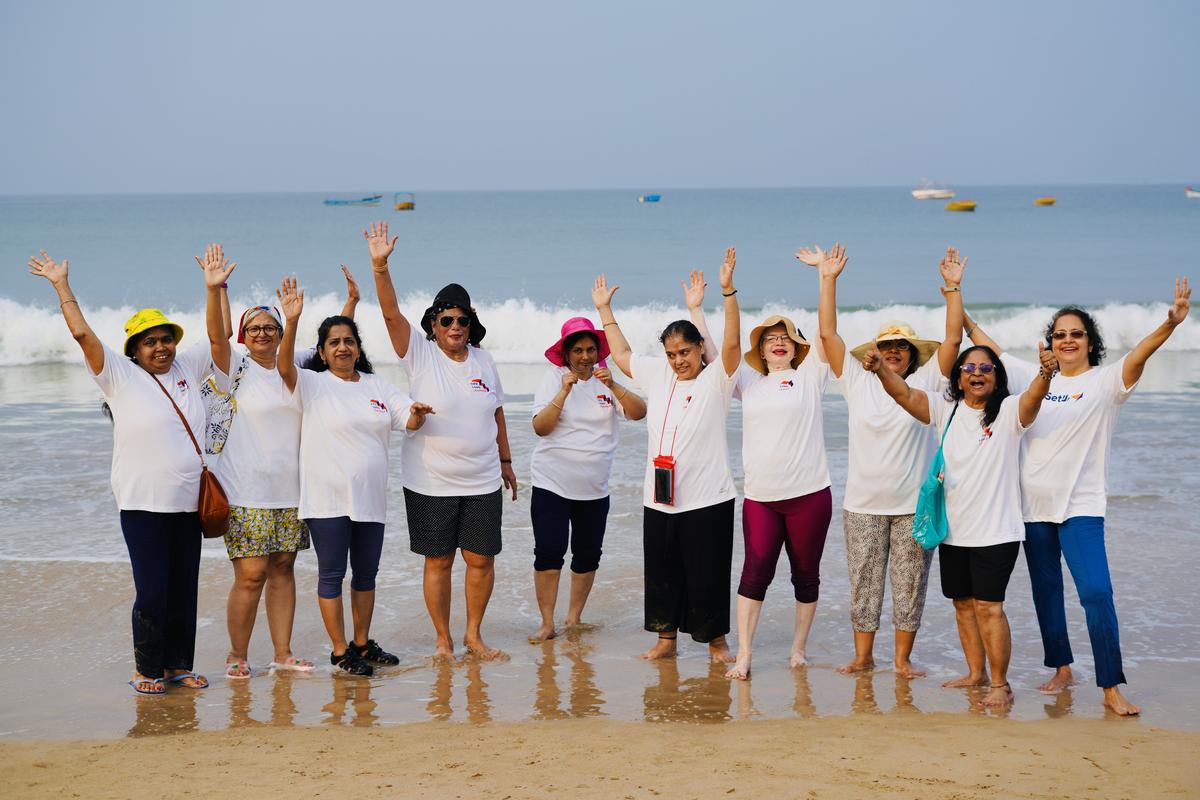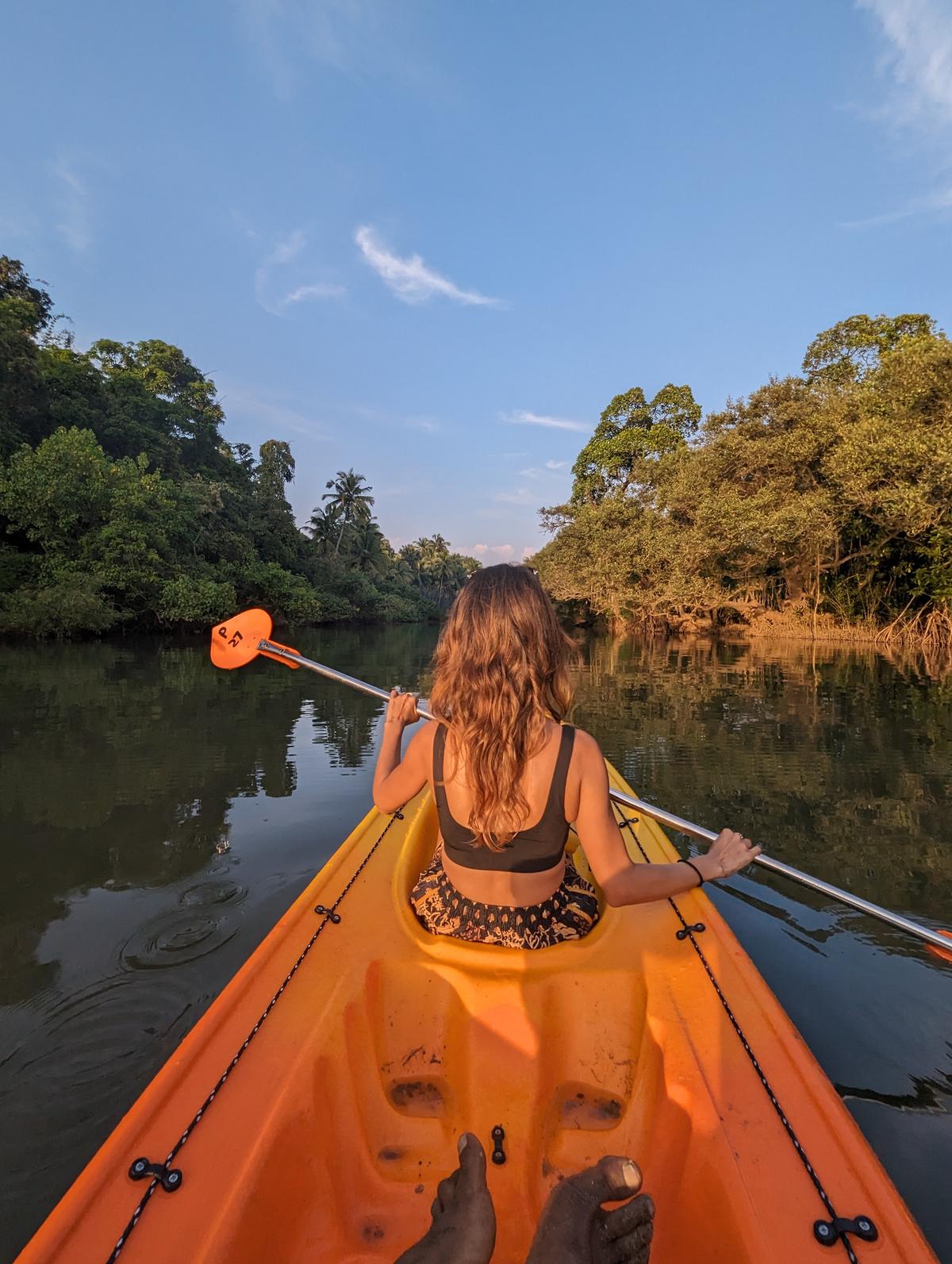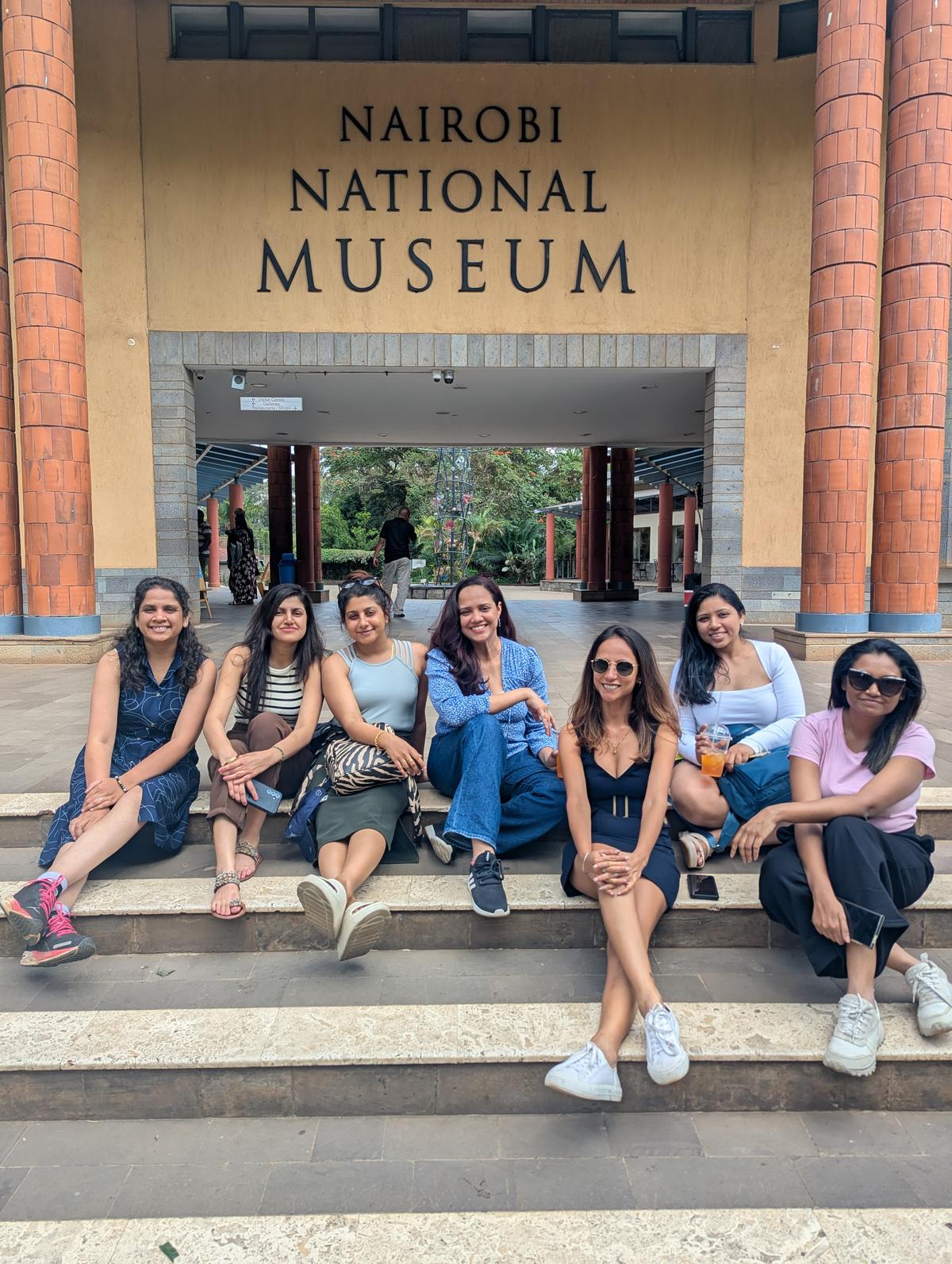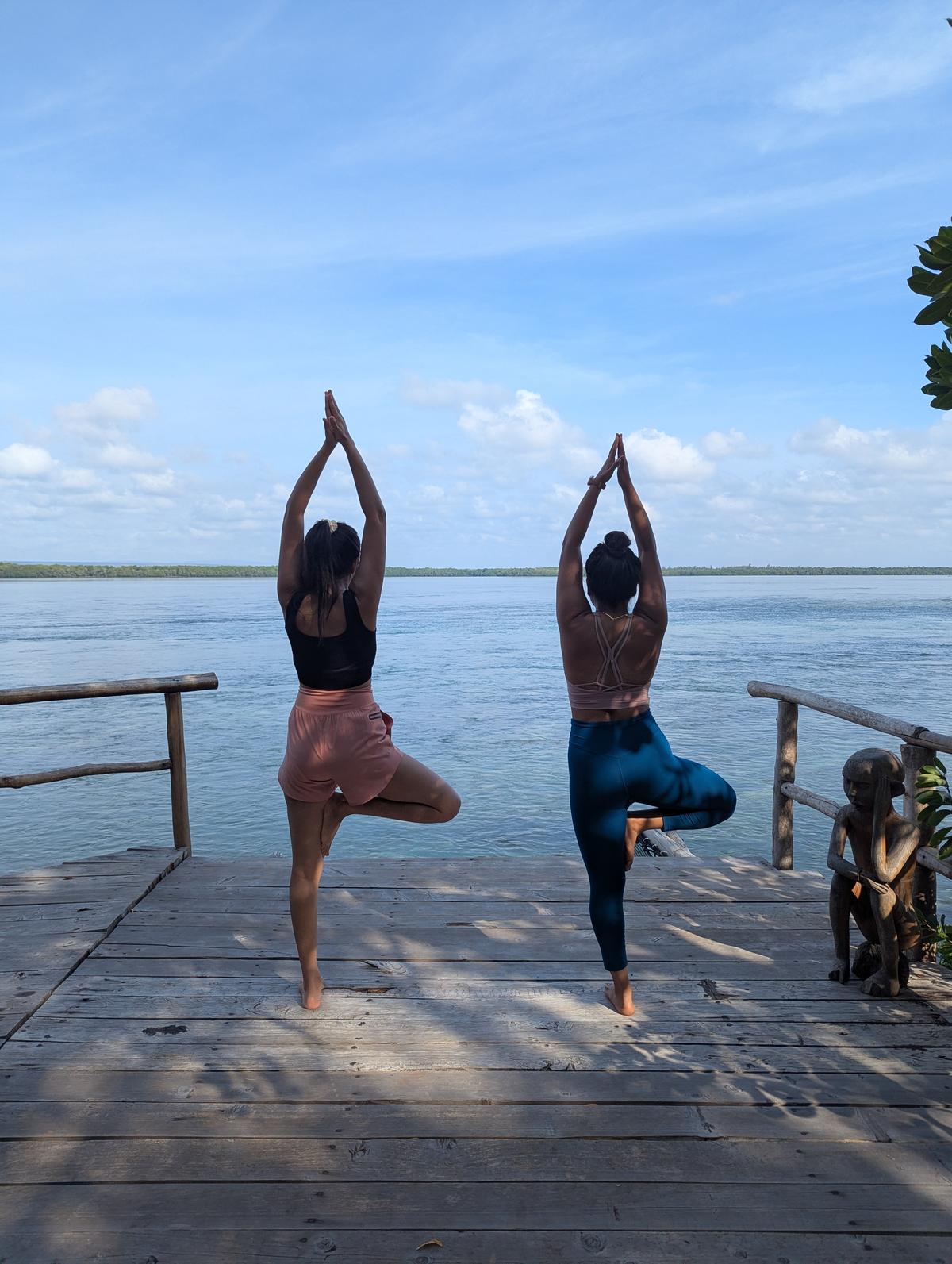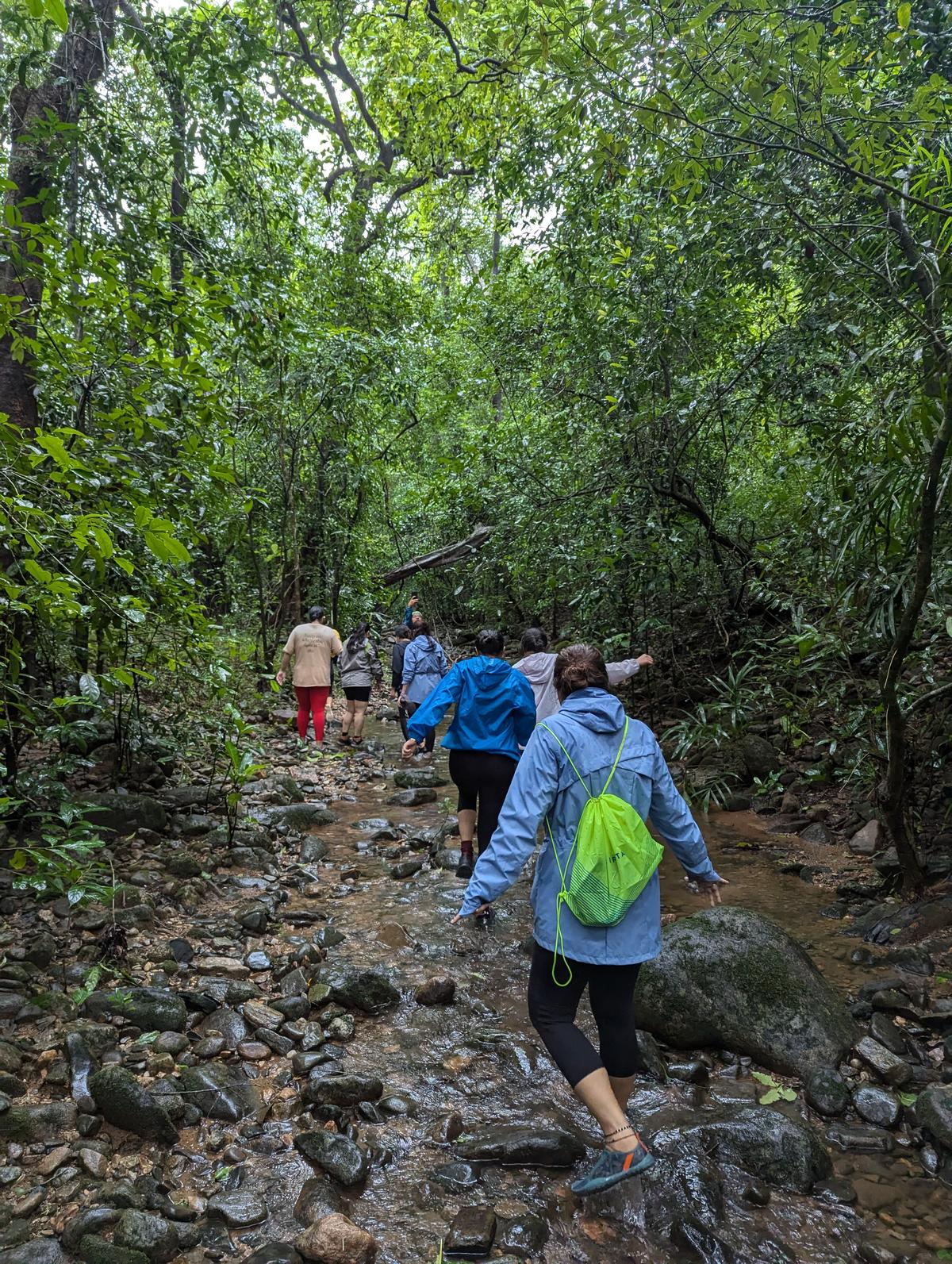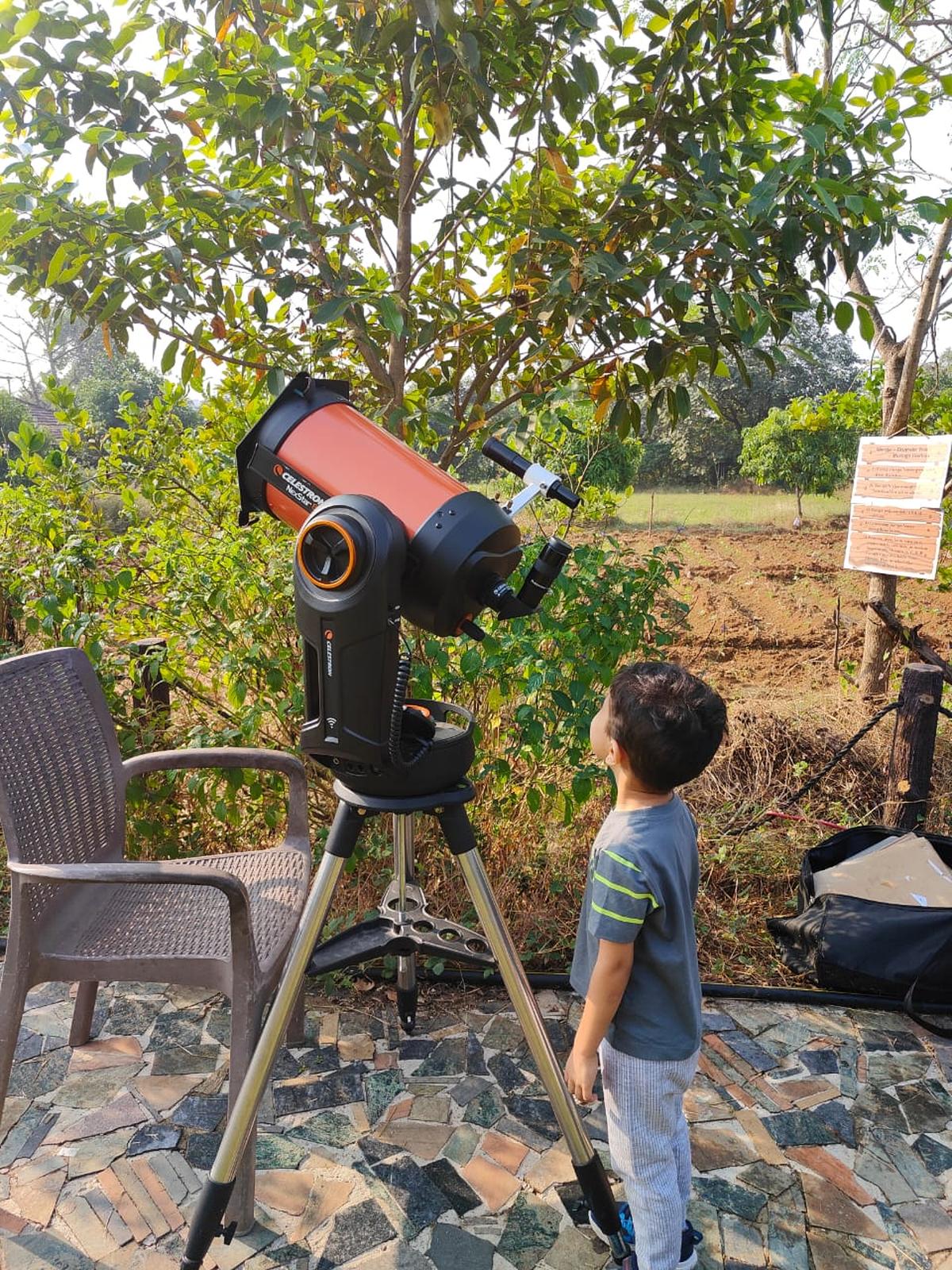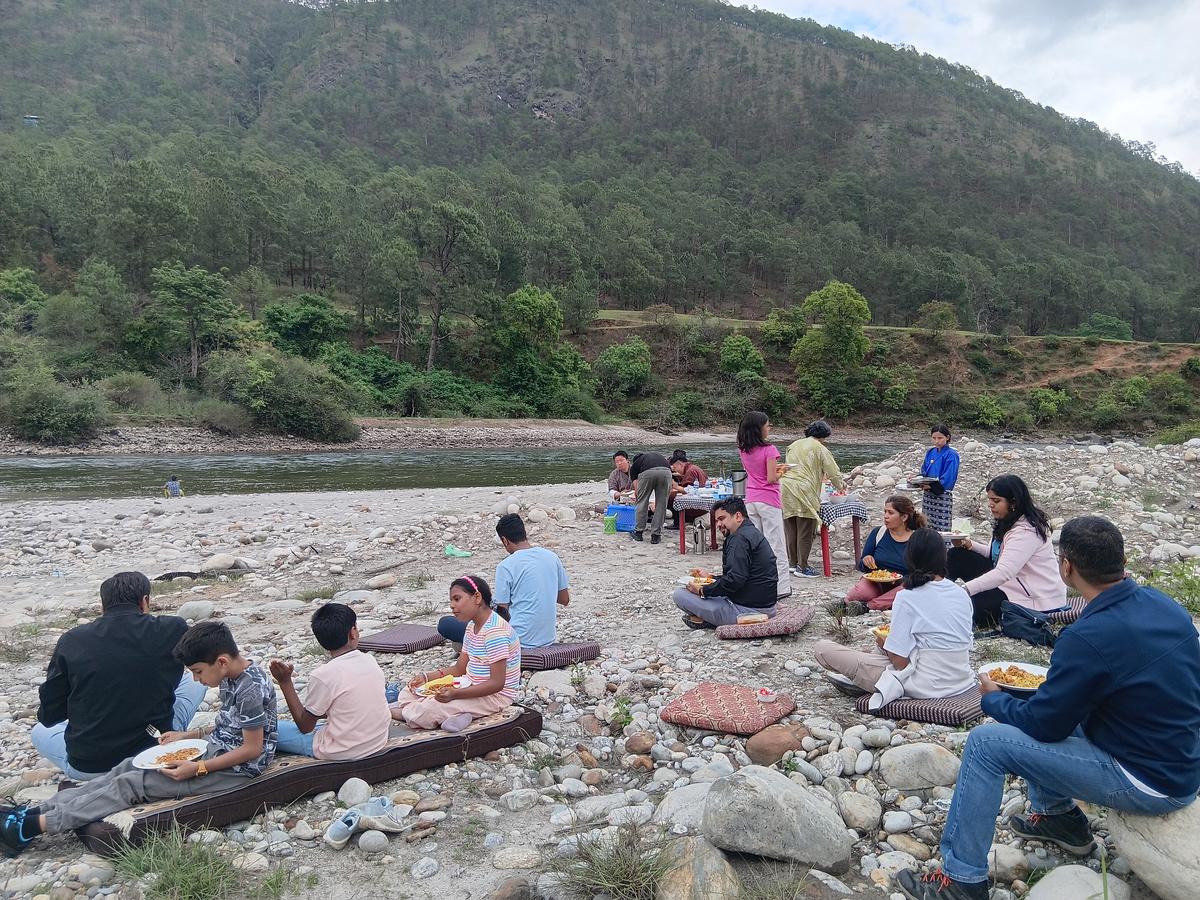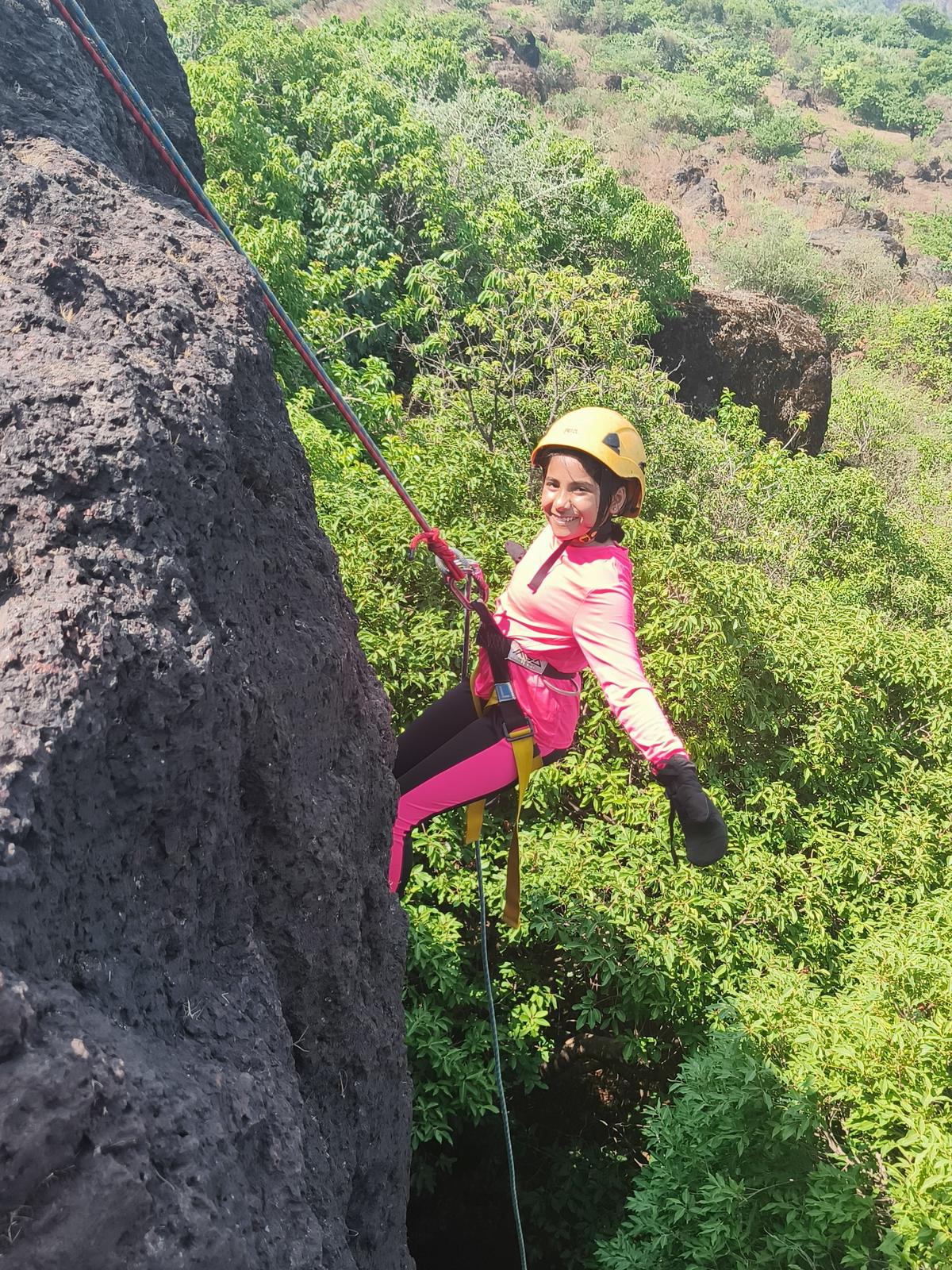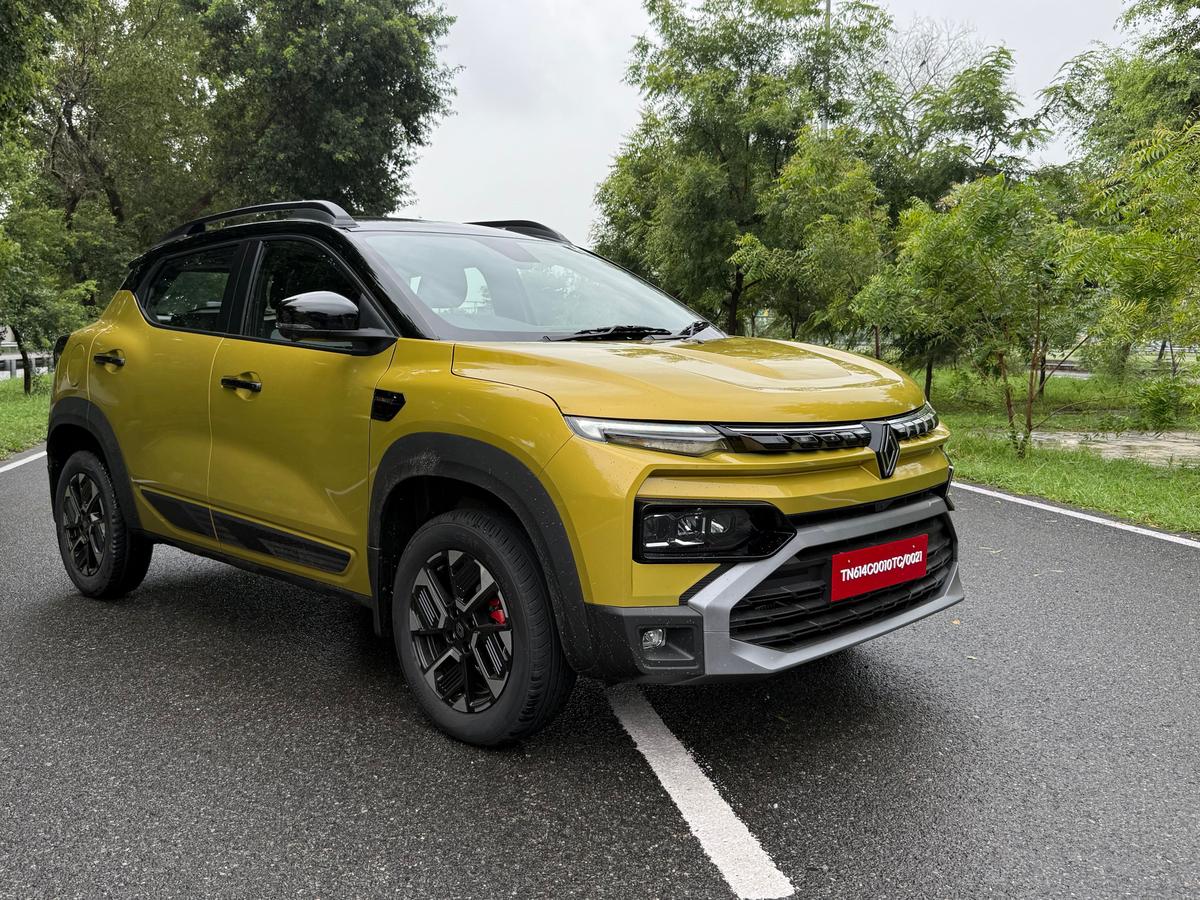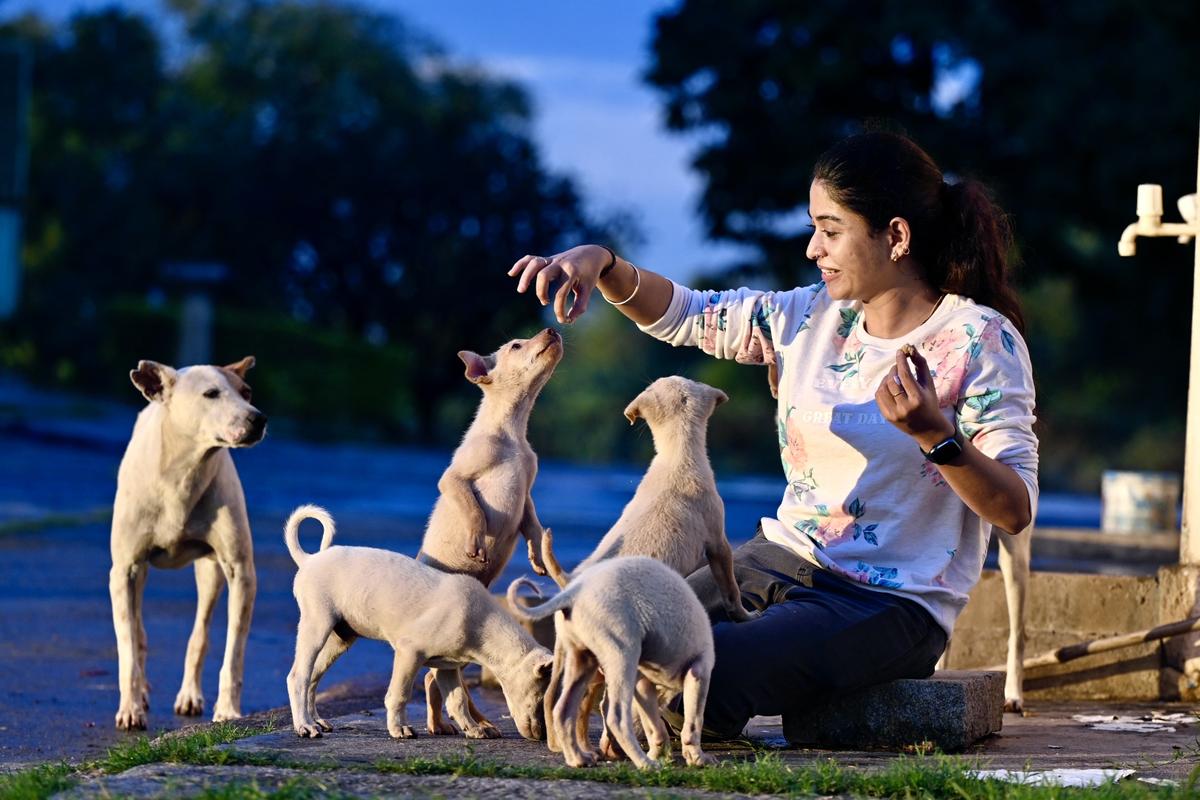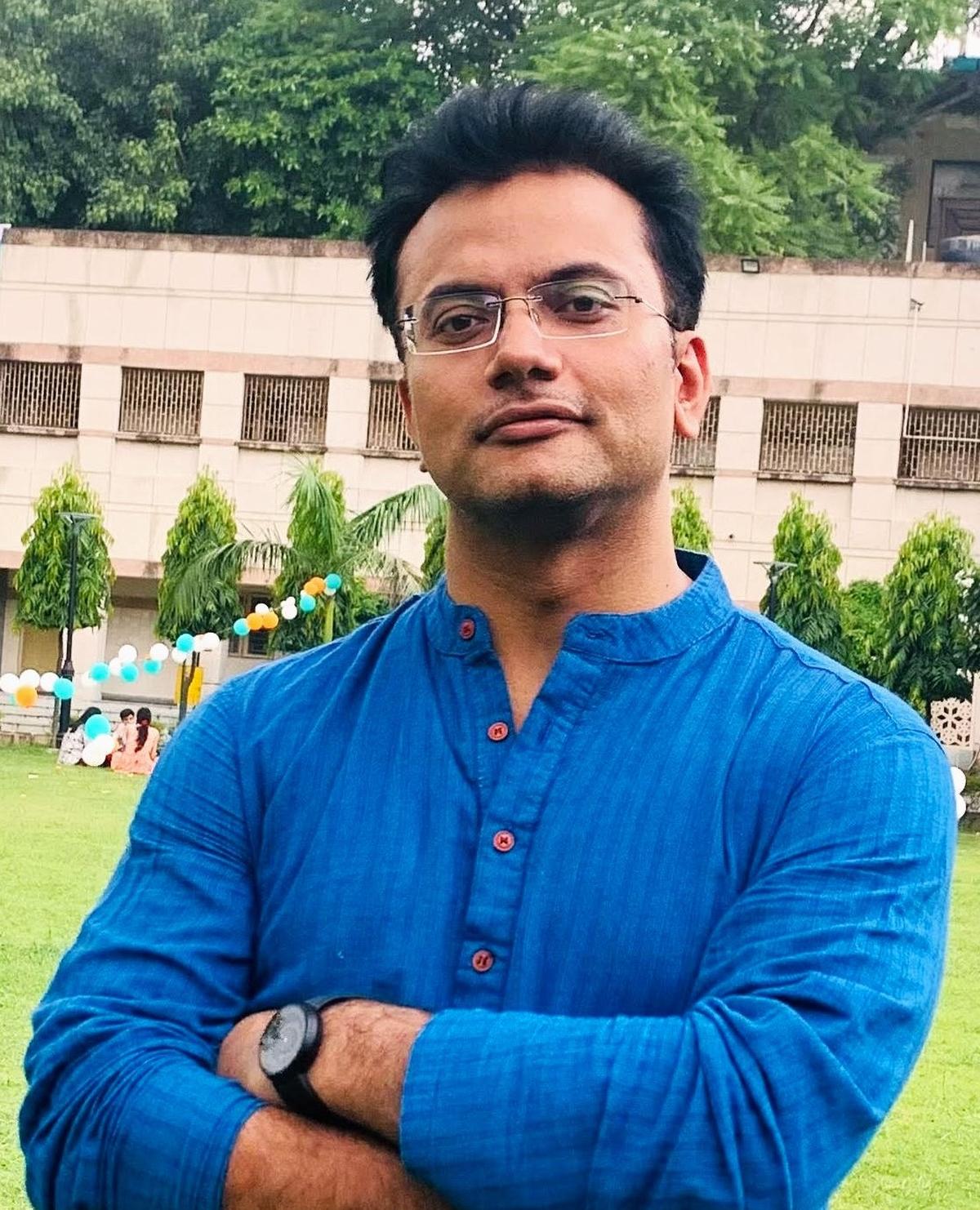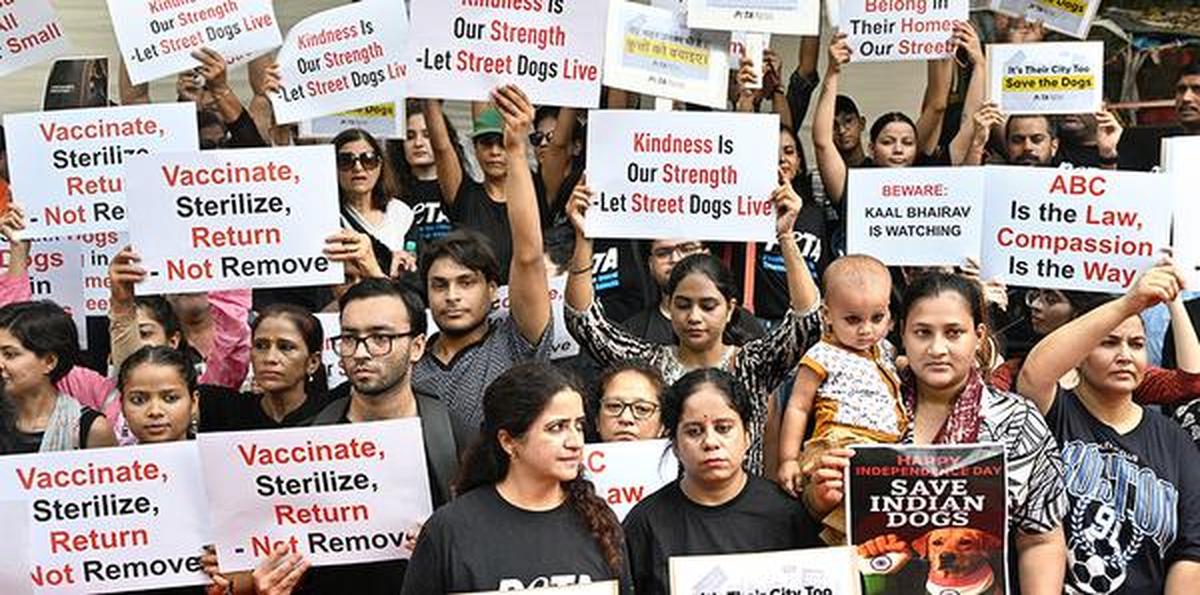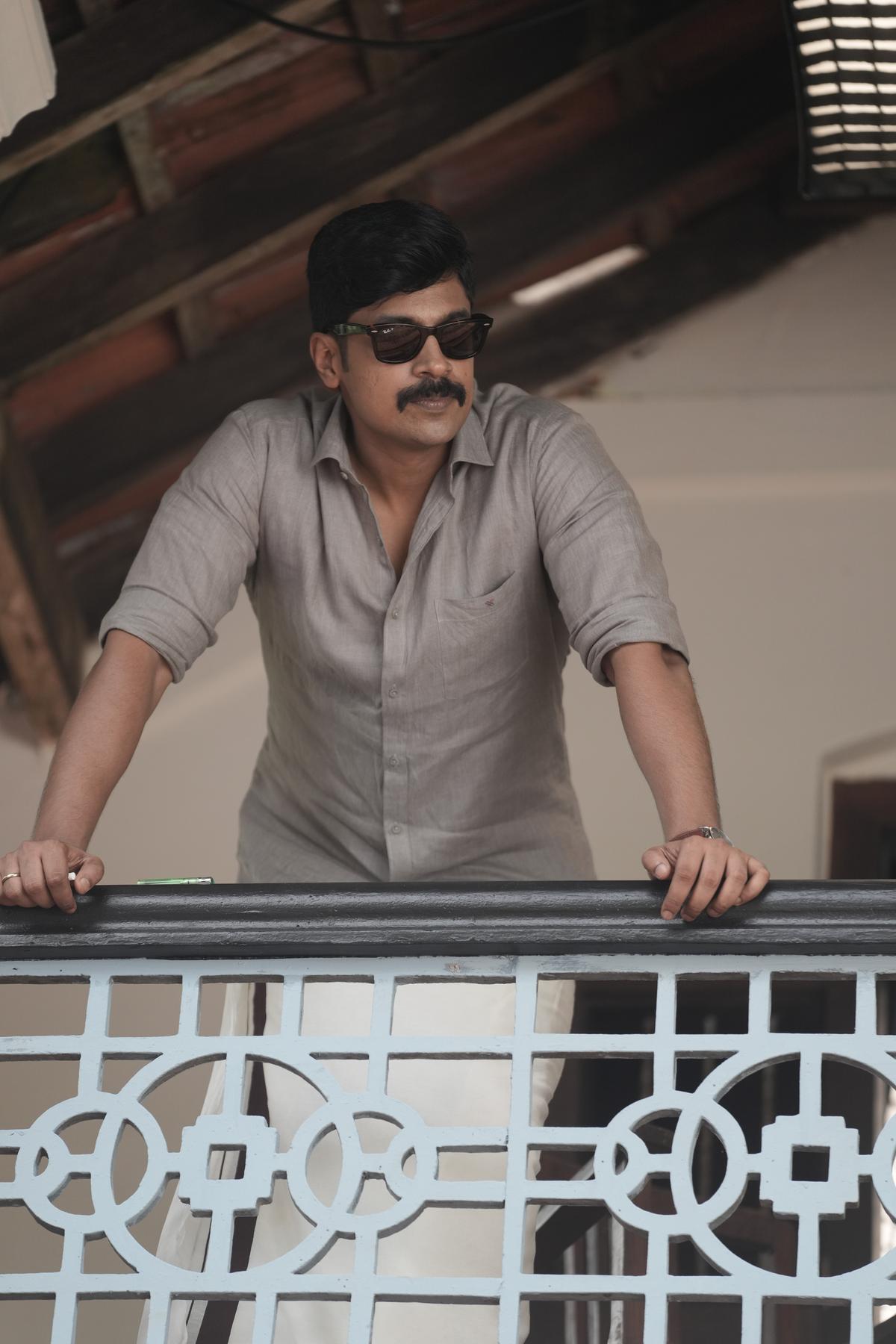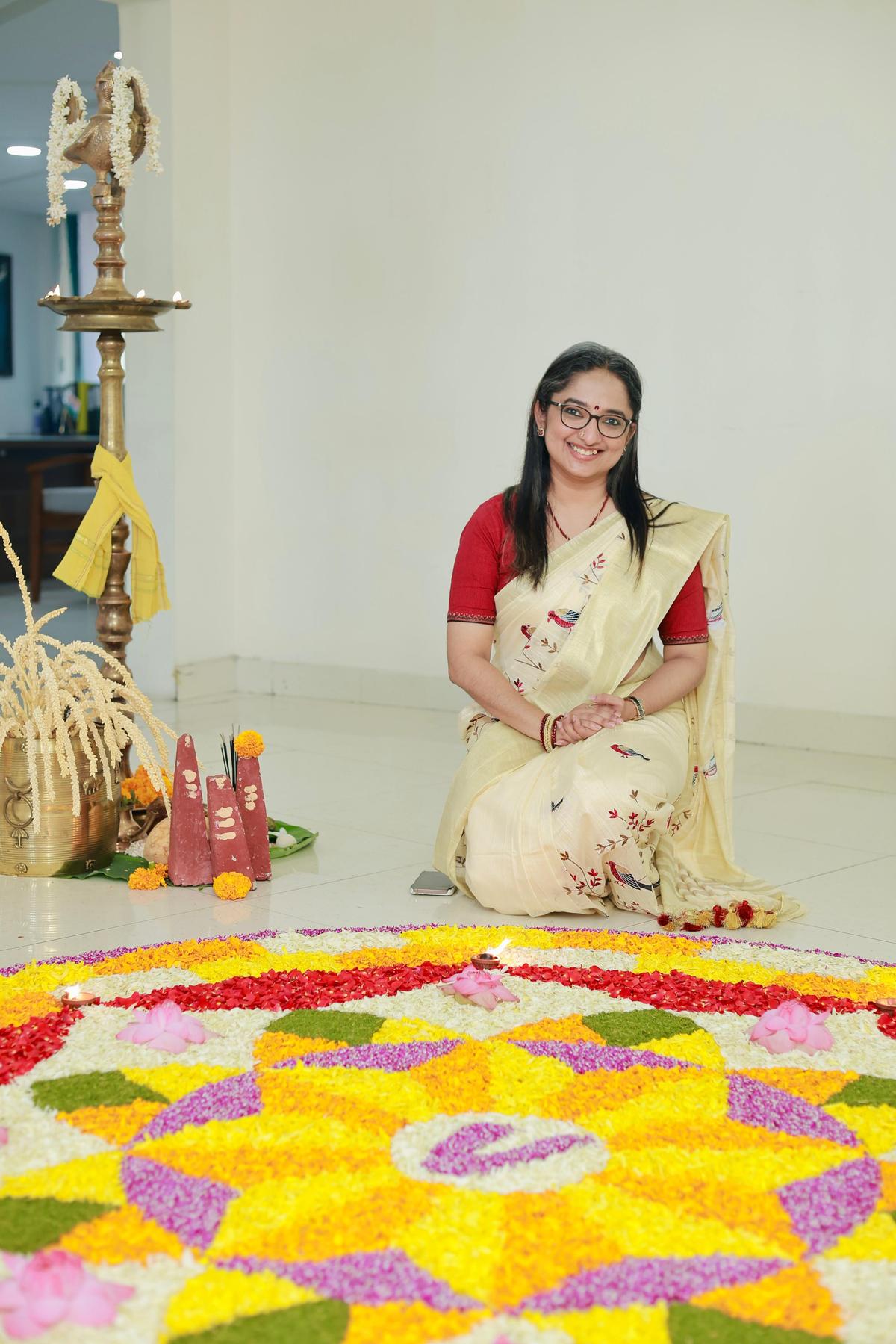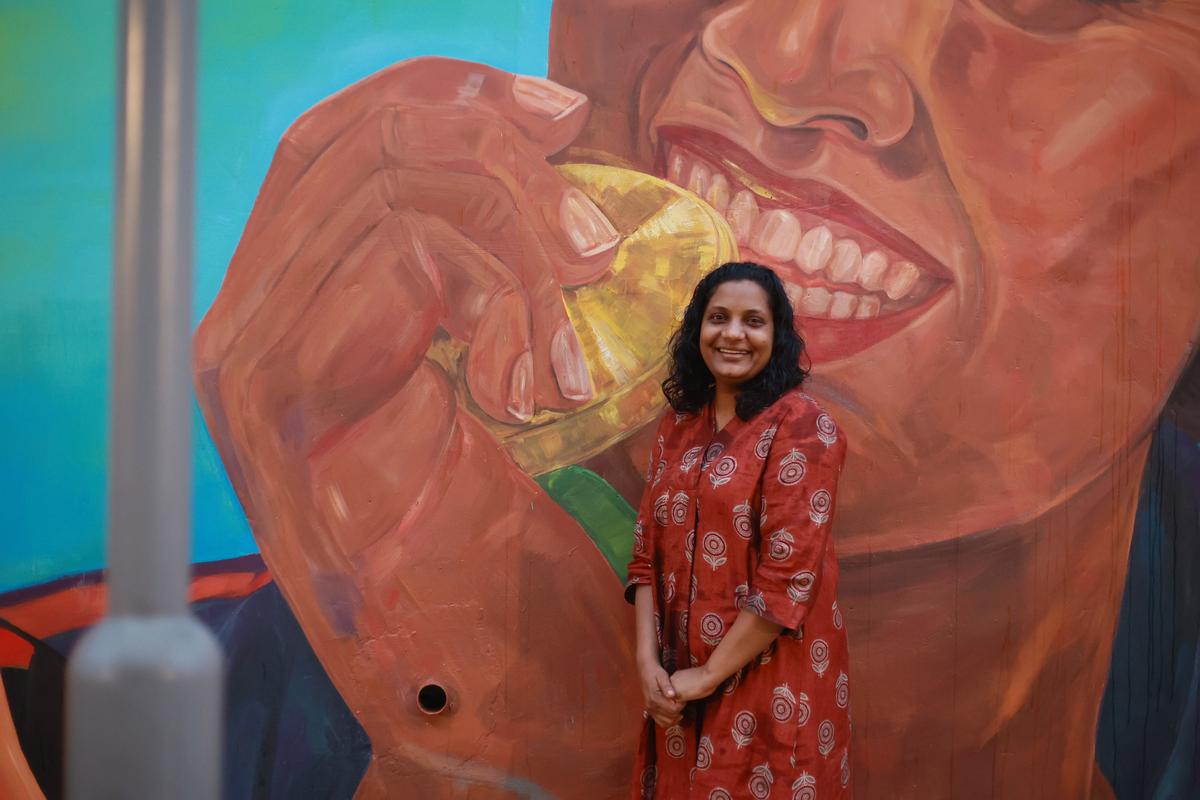World on wheels @ Embarq
Sujal Patwardhan and Medha Joseph went on a self-drive expedition from India to Morocco a decade ago. The duo covered 23,000 kilometres across 15 countries in 57 days. They returned and started Embarq to organise similar road trips.
Travellers on a trip by Embarq in Peru
| Photo Credit:
Special Arrangement
“We were smitten by self-drive travel… the sheer pleasure of experiencing a place while driving through a country, the local culture that one encounters, the various things one experiences and how you discover yourself during this journey,” says Sujal, a former finance expert.
Medha, a former investment banking professional, says their trips are designed for a wide range of people including families, solo travellers, young adventurers, and women. The latter, she says, comes under The Bold Route series, a recent initiative of Embarq, kickstarted to cater to the rising tribe of women travellers. Upcoming trips in the series include Hornbill Festival in Nagaland in December, and a drive from Kutch to Kibithoo in Arunachal Pradesh in early 2026.
The Maori experience in New Zealand
| Photo Credit:
Special Arrangement
Taking us through the process of curating a trip, Sujal says research involves curating offbeat experiences, road conditions and connectivity, logistics of arranging self-drive cars, among other factors. “Once the destination is finalised we thoroughly recce the route which includes evaluating stays, pit stops, experiences and other requirements before we announce the trip,” she says, adding that they have done approximately 20 trips in India so far, and over 75 internationally.
At the moment, Zanskar, Northeast India, Mongolia, Scotland and Peru are high on the popularity charts, says Medha. “We recently completed our first edition of the All Women K2K 2025 expedition, where a convoy of 25 Skoda cars and 50 women across India drove from Kashmir to Kanyakumari in 10 days,” she says. Upcoming trips at Embarq include Kyrgyzstan, Peru, Patagonia, New Zealand, and Russia.
Luxury self-drive expeditions in India begin at 1.5 lakh per person, and international expeditions begin at 2.5 lakh. Details on embarq.in
A visually impaired traveller on a holiday by Planet Abled
| Photo Credit:
Special Arrangement
Travel for all @ Planet Abled
“I never went for a holiday as a child,” says Neha Arora, “Both my parents, now in their 70s and 80s, are persons with disabilities, and even they had not gone on a holiday until a few years ago.”
Neha shares that when she started working at an IT company in 2007, she saved money, and went for her first family holiday to Tamil Nadu and Kerala. “Only to realise that there was poor physical infrastructure, inaccessible communication channels, zero digital accessibility, and societal stigma. No one expects disabled people to travel assuming they don’t work or they don’t have money. After a series of such unpleasant experiences, my parents refused to travel again but I started looking for solutions.” Prompted by her personal journey, Neha started Planet Abled in 2016 to ensure people with disabilities can travel sans restrictions with non-disabled individuals.
Neha started Planet Abled in 2016 to ensure people with disabilities can travel sans restrictions with non-disabled individuals
| Photo Credit:
Special Arrangement
For research, Neha found herself spending nights at multiple airports to count the number of travellers with disabilities. While she found travel companies that were single disability-focussed, Neha wanted to create an inclusive platform. “If your disability decides who you travel with, when you travel and where, it is discrimination. Why shouldn’t a person with one or more disabilities have the freedom of choice when it comes to travelling?” asks Neha, who has catered to travellers with mobility impairments; visual impairments; cognitive, psychosocial, intellectual and hidden disabilities; people who are neurodivergent or people with dementia, among others.
Top destinations in India include Tamil Nadu, Kerala, Rajasthan, Srinagar, Punjab, among others, and international favourites include Nepal, Sri Lanka, Thailand, Vietnam, Singapore, Malaysia, Europe, and China.
Planet Abled has catered to travellers with mobility impairments; visual impairments; cognitive, psychosocial, intellectual and hidden disabilities, among others
| Photo Credit:
Special Arrangement
Neha explains how, as a society, we are either too sympathetic towards disabled people or apathetic. “Non-disabled have their internalised biases and prejudices and of course there is little awareness in our society about the appropriate body language and verbal language. Being in an inclusive group makes them realise that communicating with them in a dignified and empathetic manner is what matters to make everyone feel included,” she says, adding how a few non-disabled travellers have come back to Planet Abled to make their offices accessible and hire people with disabilities.
A signboard in braille
| Photo Credit:
Special Arrangement
Today, Neha operates the company from offices in India and Austria, and offers travel-related services including designing trips, hotel bookings, storytellers and guides, transport services, and trained service buddies “to assist travellers with their routine activities”. “We take into account accessibility needs of each individual and design the trip accordingly. Destination development includes auditing the destination for accessibility status of diverse accessibility needs, training the staff, guides, drivers and stakeholders at all touch points of a traveller’s journey,” says Neha, who has also catered to organisations such as Cricket Australia, Human Rights Watch, and Indian Paralympic Association.
A traveller on holiday with Planet Abled
| Photo Credit:
Special Arrangement
Travelling in India with a disability is very much possible, but is definitely very expensive, she shares. “You need to stay at four or five star hotels because only they have wheelchair accessible rooms, and you can book a private disabled-friendly vehicle, and also have trained staff available.” The Colosseum in Rome, and The Acropolis in Greece are wheelchair accessible, but “our Taj Mahal is still not. The tourism industry does not need separate travel companies for disabled people. We will have to mainstream accessibility so that people with disabilities have the freedom of choice,” concludes Neha, who has upcoming trips planned to Ranthambhore, Kerala, Bali, and South Africa.
planetabled.com
A senior citizen on holiday with WalkAbout
| Photo Credit:
Special Arrangement
Senior spree @ WalkAbout
If you are a senior citizen, or know someone who is, this virtual social learning platform organises much more than holidays. Launched in 2019, WalkAbout, previously known as GetSetUp, was launched in 2019. “We help older adults use technology in ways that enhance daily life and open new possibilities,” says co-founder Deval Delivala, who started curating holidays in 2023.
A group of tourists with WalkAbout
| Photo Credit:
Special Arrangement
In India, Deval says, they focus on destinations that offer a mix of heritage, Nature, and wellness. “Internationally, we prioritise locations welcoming to older travellers, factoring in direct flights, senior-friendly accommodations, and well-paced itineraries,” she adds. “Dubai stood out for our community; sightseeing spots across the city had wheelchair access, well-maintained restrooms, and smooth transportation options, making it easy for older adult travellers to move around comfortably. Our upcoming trip to Japan in 2026 has been curated to prioritise a similar experience.”
A group of tourists with WalkAbout
| Photo Credit:
Special Arrangement
Given the lack of adequate infrastructure in India for such groups, how does the team navigate these challenges? “Our trip curation process begins with comprehensive research into each destination, identifying potential accessibility barriers in accommodations, sightseeing spots, and local transportation. Hotels with senior-friendly amenities are chosen, and the itineraries are well-paced with ample rest periods.” For example, their holiday to Bhandardara, Maharashtra, to see the fireflies was tweaked for seniors. “Typically, this experience is designed for younger travellers who stay overnight in tents. We ensured our travellers had accommodation off-site with proper restrooms.”
An elderly client participates in a fashion show on a trip to Goa
| Photo Credit:
Special Arrangement
The travel industry has slowly begun recognising that today’s 60-plus travellers are fundamentally different from previous generations, she says. “Many destinations and service providers now offer age-friendly amenities such as wheelchair-accessible facilities and specialised medical support. However, to truly serve this demographic, tour operators and hospitality businesses must move beyond generic offerings and create curated travel experiences that are aligned with the evolving expectations of this generation,” says Deval, who is now planning trips to the Andamans (October 10-15) and Tadoba (November 15-17).
Unlike other groups, such trips are more than just holidays for seniors. “At a stage in life when many feel increasingly isolated, our trips offer a chance to belong, explore, find new connections, and embrace new possibilities,” adds Deval, recalling their all-women’s trip to Sikkim in 2023. “A guest joined us after losing her husband in 2019, having spent months in isolation. On this journey, she connected with several women who had experienced similar losses. What began as a trip transformed into a healing experience of rediscovering joy, companionship, and shared strength,” she says.
India trips start at ₹25,000 for three-day experiences, while international journeys are priced upwards of ₹1,00,000-plus for week-long adventures. Details on mywalkabout.in
A guest on holiday with The Soluna Experience
| Photo Credit:
Special Arrangement
Women first @ The Soluna Experience
It was during the lockdown years that Mathai George Tharakan — who had recently moved to Goa — started hosting workout sessions for friends and family. A former marketing professional, Mathai and his wife Ruth D’Roza found these sessions as “a way for us to connect with others and beat the cabin fever we all experienced during the lockdown.” Through word of mouth this movement quickly grew into Mathai professionally coaching people. “Talks about future travel plans were a frequent subject of discussion with clients, especially women who wanted to travel solo,” says Mathai, adding that busy schedules, safety concerns posed challenges for them.
The Soluna Experience currently offers trips in Goa and Kenya
| Photo Credit:
Special Arrangement
“For us, travel has been our biggest teacher. It broadened our minds and gave us perspective on how to be global citizens,” says Ruth, a former HR professional, who kickstarted The Soluna Experience (Sol meaning sun, Luna is moon in Latin) in 2023 to fill in the gap for women travellers. “For years, most group travel organisations catered predominantly to the 50-plus age group. Meanwhile, younger travellers today have embraced the backpacking culture, redefining exploration as an immersive, independent experience,” she says.
A cycling expedition in the Western Ghats
| Photo Credit:
Special Arrangement
The duo currently offers trips in Goa and Kenya, and during a recent trip to the latter, Mathai recalls one of the highlights was “a plane that we chartered to fly out of Maasai Mara directly to the coastline of Kenya. It was truly a one-of-a-kind experience.” Over the past three months, the duo have been curating private journeys for solo travellers, couples, and families across Kenya and Tanzania. “Thus, giving our guests access to one of Nature’s most spectacular phenomena, The Great Migration, from wildebeest river crossings in Maasai Mara to witnessing lion prides on the hunt,” he adds.
Guests on holiday with The Soluna Experience
| Photo Credit:
Special Arrangement
Mathai says they are seeing a growing demand for bespoke holidays. “In July, we hosted a monsoon getaway in Goa, and in October, we return to Kenya with a group of 10 solo women travellers.” With plans to include more destinations over the next few months, Mathai explains how every aspect of their curation is personally tested and experienced by the duo. “We spend time staying in the properties we choose, research and vet the restaurants we include, experience the adventure activities, transport partners and fitness or wellness providers we choose to work with,” he says.
While Southeast Asia and Sri Lanka “continue to have a big moment”, Ruth says their focus is to unlock destinations such as Brazil, Japan, and Morocco “that are generally hard to access for solo women travellers”.
A trek curated by The Soluna Experience
| Photo Credit:
Special Arrangement
Having said that, has India’s poor reputation in terms of women’s safety made it harder for them to convince travellers? “As women we’re used to looking over our shoulders, double checking the locks on our doors, and reading every review before we make a travel decision irrespective of where we are in the world. At Soluna, we’ve created numerous touchpoints throughout our process — such as personalised group calls prior to the trip — so that travellers know we’re real people.”
The duo has two more trips to Kenya (₹3.75 lakh per person) lined up this year, and about six trips to Goa (₹70,000 per person) during the monsoon. thesolunaexperience.com/
A family on holiday with Heart and Soil
| Photo Credit:
Special Arrangement
Kid central @ Heart and Soil
When Mumbai-based Nehal Shah’s son was two-years-old, she realised how “disconnected urban childhood had become from Nature”. “I wanted him to have the childhood I had; sans gadgets,” says the former media professional who put out a post on Facebook in 2016 seeking like-minded parents to organise an outdoor trip with their children. “Soon, the community grew and I began organising trips in the State, Goa, Gujarat, and neighbouring areas. Our experiences are built around four key pillars: Nature, culture and life-skills, adventure, and wildlife,” says Nehal, whose popular trips include astronomy and star gazing, hikes, treks, campouts, flamingo safaris, farm tours among others.
Popular trips at Heart and Soil include astronomy and star gazing, hikes, treks, campouts, flamingo safaris, farm tours
| Photo Credit:
Special Arrangement
Detailing their quest to curate offbeat trips, Nehal says their Goa holiday is popular even in peak summer. “The itinerary has no beaches. We get travellers to stay close to a wildlife reserve and all the activities such as hikes, trails, etc. are organised there,” she says. While group tours at Heart and Soil have had up to 40 members, hikes are capped at 20 as they need personalised attention, says Nehal.
A snapshot of Heart and Soil’s recently curated Bhutan trip
| Photo Credit:
Special Arrangement
This May marked their first international trip to Bhutan. “This wasn’t the usual itinerary where you check off sights from your to-do-list. We included forest hikes, monastery visits, traditional music and dance performances, hands-on cultural activities, and farm stays,” says Nehal, who quit her full-time job last year to dedicate her time to Heart and Soil.
A child on a trip curated by Heart and Soil
| Photo Credit:
Special Arrangement
When it comes to age, Nehal believes the earlier, the better. “We’ve had toddlers as young as 1.5 years join our hikes and even a six-month-old camper. This has reinforced our belief that children are highly adaptable, and the real apprehensions often lie with the parents. While some of our experiences have age criteria based on safety and feasibility, the most important factor is the parents’ willingness to embrace the outdoors with their children,” says Nehal, who has upcoming trips planned to Pench (October 2-4), Meghalaya and Kaziranga (October 18-24), and Little Rann of Kutch (November 1-2).
Day trips start at ₹2,000; and multi-day immersive journeys are priced upwards of ₹20,000 for a parent and child. @heartandsoil.in on Instagram




